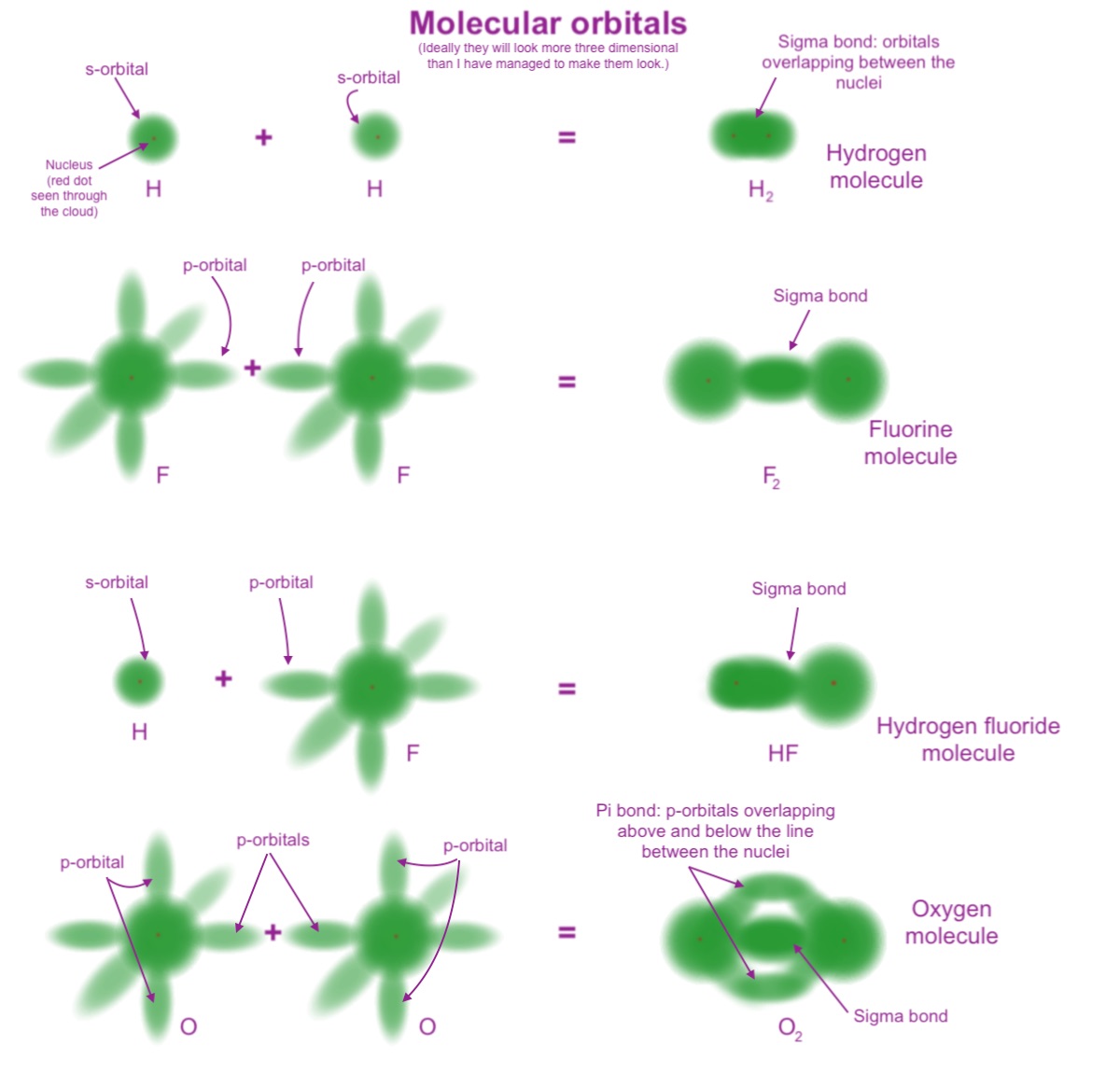According to this question/answer, isolated atoms are spherical – and don't have, for example, p-orbital lobes sticking out. The reason is that each complete set of p-, d- and f-orbitals taken together is spherically symmetrical – and the overall wavefunction will be a superposition of all possible states. That superposition will be spherically symmetric, so the atom will be, too. (Sorry for paraphrasing, simplifying etc!).
So my question is: apart from the orbitals involved in making e.g. sigma and pi bonds, is 'the rest' of the atom spherically symmetrical? I have done this rough picture. 
You will notice that down the left, the p-orbitals are shown (even though in an isolated atom they would not exist like that – I've kept them so they can show potential 'bonding sites'). But on the right, in the 'finished' molecules, all but the orbitals involved in bonding disappear, into a spherically symmetric shape as before.
I realise there are several to many simplifications here, but this is for a general audience, and I just want to give a sense of molecular orbitals without getting anything horribly wrong. (In every artwork I find online, people only seem to focus on the orbitals involved, as if they are separate from the rest of their respective atoms.)
I'd really appreciate any help and thoughts. Thank you.
